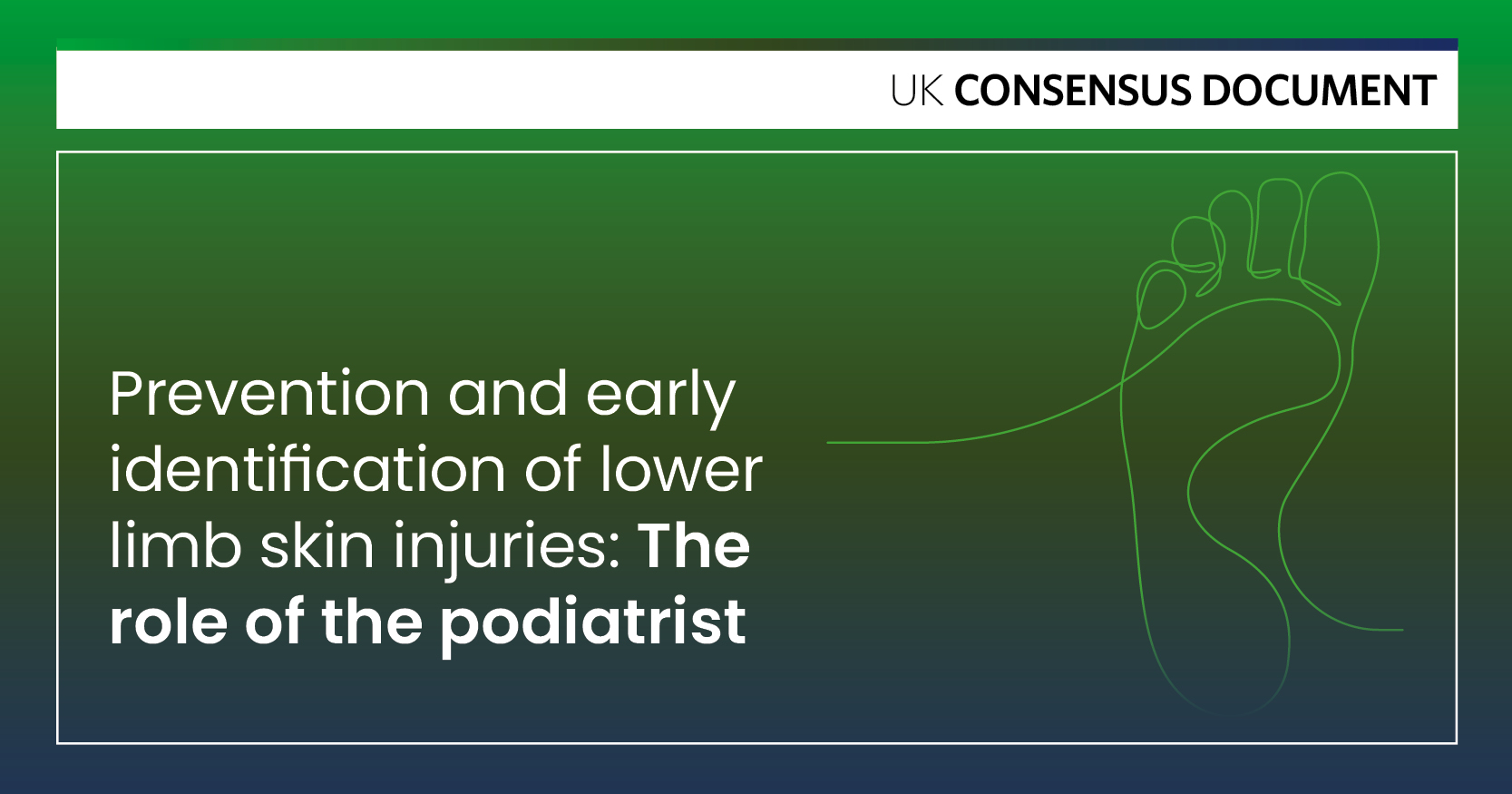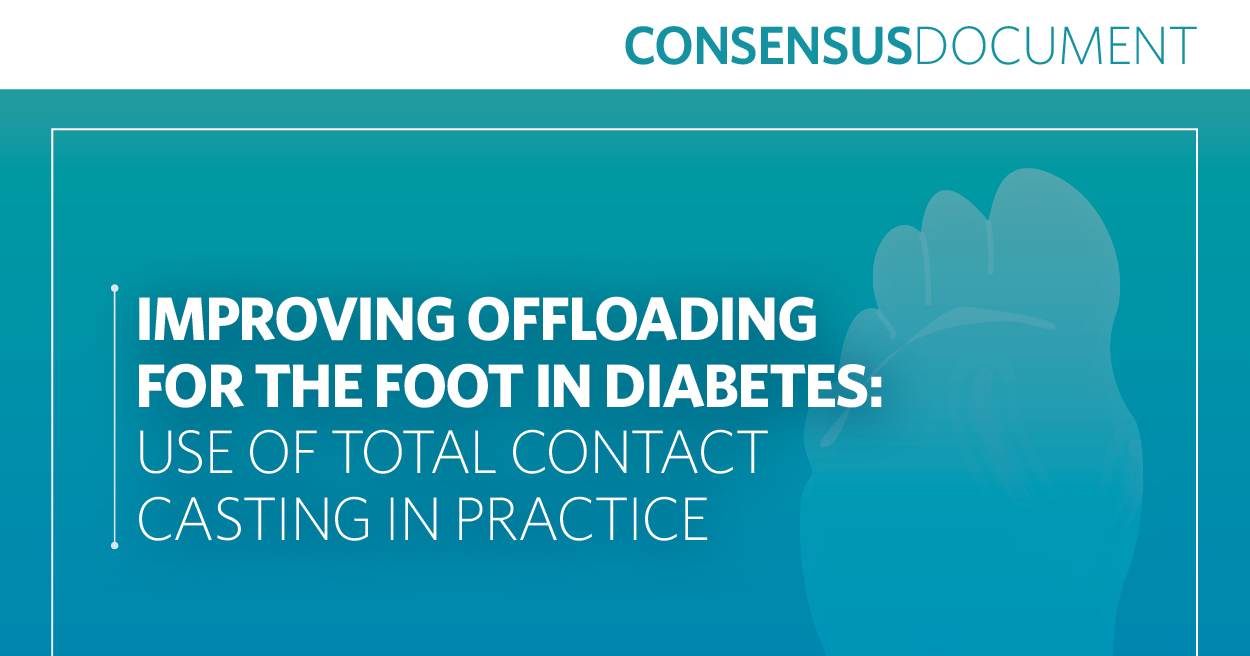The worldwide extent of diabetes and diabetic foot ulceration (DFU) has been well documented (World Health Organization, 2016b; International Diabetes Federation, 2017; Zhang et al, 2017), however, epidemiology of the disease in the majority world is less well known due to the difficulties of accurate data collection in resource-poor countries (Raguenaud et al, 2009; Flessa and Zembok, 2014). Within the Kingdom of Cambodia — a rapidly developing country in the Asia Pacific region — there is a dearth of accurate data regarding the extent of non-communicable diseases; a ‘best guess’ would place the prevalence of diabetes at 5.9% of the population (World Health Organization, 2016a). Recent research would suggest a prevalence of DFU in Asia at 5.5% (Zhang et al, 2017) and further estimations of ulcer recurrence at 40%, 60% and 65% at 1, 3 and 5 years, respectively, highlight the need for comprehensive treatment and expert care (Armstrong et al, 2017).
A recent review by a group of leading experts examined 25 years of quality research into DFU and highlighted five standard components of care for the patient with DFU alongside recommending pathways that allow early expert assessment of DFU and structured surveillance following DFU remission (Jeffcoate et al, 2018). This review will be used as a tool to measure current practice and develop future practice in Cambodia, while being sympathetic to local cultural and resource-based restrictions, furthermore, it will seek to encourage others in resource-poor situations to do likewise.
Incidence and severity of diabetic foot ulceration in Cambodia
The incidence of DFU is unknown in Cambodia, but recent work is allowing for some data collection at the Cambodia-Korea Diabetes Centre at Preah Kossamak Hospital in Phnom Penh. The University of Texas ulcer grading system is used to gauge the ulcer severity at first appointment (Armstrong et al, 1998), yet due to a lack of basic healthcare education and a non-existent primary healthcare system, many patients attend late with extensive ulceration (30.3% penetrating to capsule, tendon or bone and 45.5% with infection) (Table 1). An anthropological study of medical provision in Cambodia highlights a reliance on indigenous healing practices and an evaluation by patients of biomedical practices on a case by case basis, explaining the delay in presentation to expert (Oversen and Trankell, 2010c). Further reasons for the delay in timely presentation include lack of financial resources to travel to the specialist clinic.
Wound management
In the International Working Group on the Diabetic Foot (IWGDF) recommendations to enhance the healing of DFU (Game et al, 2015), standard wound cleansing, sharp debridement and simple cost-effective dressings are advised. Both saline and scalpel blades are readily available for clinician use and the majority of nursing staff have a high level of sharp debridement skill following training from historical partnerships with South Korea and Japan. A recent Cochrane review suggests a slight advantage of the use of antimicrobial dressings over non-antimicrobial dressings (Dumville et al, 2017), however, as modern dressings are not readily available at the hospital, standard gauze is used on all wounds as evidence shows that this is not detrimental and is cost-effective in the majority of cases (Jeffcoate et al, 2009). Herbal remedies are not recommended (Game et al, 2015), however, these are often a first-line treatment in Cambodia and staff are encouraged to advise against their use (Ovenson and Trankell, 2010a). The use of raw or shop-bought honey as a topical treatment for DFU is widespread in Cambodia, despite the lack of evidence for its use (Jull et al, 2015) and its use is regularly advised by the Cambodian clinical staff. As there is no evidence of any detrimental side effects of the use of topical honey, the author does not challenge the advice given by the staff and considers this a consequence of Jeffcoate and Associates’ observation that clinical decision making is often influenced by opinion rather than evidence (Jeffcoate et al, 2018).
Pressure redistribution
Pressure redistribution strategies are at an early stage of development. Until recently, pressure redistribution devices were not available in Cambodia and are currently prohibitively expensive for the hospital to provide. A partnership between a Prosthetics and Orthotics Non-Governmental Organisation (NGO) has been initiated as, historically, prosthetics and orthotics provision is not included within the remit of the Ministry of Health in Cambodia. Some wealthier patients can obtain pressure redistribution devices privately or can travel to neighbouring countries to be fitted for custom devices. Footwear choices are limited as the majority of patients wear flip flops as they are practical for everyday use in a tropical climate. Unfortunately, they provide no protection or support. Patients are advised to wear sandals with adjustable ‘hook and loop’ straps, which will accommodate the ‘Samadhan system of offloading’ being trialled in the clinic (Shankhdhar et al, 2016).
Diabetic foot ulcer recurrence
Sufficient data have not yet been collected to establish rates of new ulceration after healing and as there are only two government facilities that provide focussed treatment for DFU in Cambodia, a system of structure surveillance is far off. Work to educate provincial staff is in its infancy and it is hoped that key medical and nursing staff from the 90 referral hospitals in Cambodia can be invited to attend training in DFU management and recurrence prevention at the Cambodia-Korea Diabetes Centre.
Monitoring and reducing skin temperature
Jeffcoate and Associates (2018) refer to the benefits of skin temperature monitoring shown in several studies by one group (Armstrong et al, 1997; Lavery et al, 2004; Lavery and Armstrong, 2007). In a small pilot study, Armstrong et al (2005) showed the effectiveness of simply cooling the foot in cold water (55°F/12.7°C) to reduce inflamation in healthy subjects without diabetes. Although further studies in high-risk patients have not yet been performed, the technique is currently advised to patients in remission of DFU to reduce inflammation post activity and prevent recurrence of tissue breakdown as it is considered a safe, simple and cost-effective option.
Amputation rates and Cambodian attitudes to amputation
There is no national published data of amputation rates following DFU in Cambodia. A small study comparing phantom-limb pain in patients in Cambodia and New Zealand shows 10.3% of patients had an amputation as a result of chronic ulceration or infection, but the study does not confirm that these were diabetes related (Byrne, 2011).
An interesting cultural addition can be made to the fear of amputation and subsequent post-amputation improvement in quality of life reported (Jeffcoate et al, 2018). The reluctance to undergo amputation as a result of being identified as an amputee cannot be underestimated as it is seen as the result of poor karma and evidence of mental and/or moral defect (Oversen and Trankell, 2010b). As the diabetic foot community moves towards considering amputation as a treatment, rather than an endpoint (Jeffcoate et al, 2018), there is a need for a seismic cultural shift by the Cambodian patient in acceptance of amputation as part of their treatment.
Antibiotic misuse
The Cambodian medical community is aware of the worldwide concern regarding antibiotic resistance (Om et al, 2015), yet Cambodian society has a complex relationship with pharmacies and pharmacists, while the selling of antibiotics is unregulated and can result in cocktails of various drugs that are often counterfeit (Oversen and Trankell, 2010c). A Cambodia-specific antibiotic guideline for infected DFU based on the IWGDF guidance on the diagnosis and management of foot infections in people with diabetes (Lipsky et al, 2015) is planned.
Mental health in Cambodia
Given the link between depression and DFU, it would be helpful to have an indication of the extent of depression in Cambodian society. Understandably, following the genocide under the Khmer Rouge and the subsequent civil unrest, it is a hugely under-reported disease in Cambodian society, however, one study suggests a prevalence of depression at 16.7% (Schunert et al, 2012). A total of 98.6% of patients who attended the Cambodia-Korea Diabetes Centre with DFU were born prior or during the Pol Pot regime of 1975–1979 and may be affected by depression or post-traumatic stress disorder, which is seven times higher in Cambodia than worldwide (Schunert et al, 2012).
Other cultural factors
There are several other cultural factors within Cambodian society that have a bearing on patient wellness and DFU healing rates. Although basic health education has been given by many NGOs in the past, general hygiene remains to be of a poor standard. Even within the hospital department, cleaning protocols are not routinely followed by clinical staff; Cambodian attitudes to cleanliness relate to orderliness and if an area is tidy it is deemed as clean (Oversen and Trankell, 2010b).
Motivation of clinical staff is an ongoing problem as healthcare professionals are only paid a basic salary. Many physicians choose to work in the urban areas of Cambodia as there are more opportunities for professional development and greater amenities for families; this leaves rural hospitals and health centres (78.1% of the population lives in a rural setting (Royal Government of Cambodia, 2014)) with diminished staff resources (Uy et al, 2007). Furthermore, previous generations of medics did not have the opportunity to undertake undergraduate research and are, therefore, unfamiliar with evidence-based medicine and critical-thinking methods. Given the strong emphasis on respecting elders and not questioning those in authority, it can be difficult for junior staff to utilise the broader and more current medical training they have received.
Conclusion
The current challenges to providing high-quality diabetic foot care in Cambodia can feel overwhelming, but the current opportunities go some way to redressing the balance (Table 2). Accurate data collection needs to continue and expand and there needs to be an adoption of the prosthetist and orthotist profession and their expertise in providing pressure redistribution techniques. The Cambodia-specific antibiotic protocol is also critical. Perhaps the biggest challenge is that of culture change; to value the healthcare professionals and to inspire staff to self-improve, to help patients understand that the loss of some degree of their limb is a better option than sepsis, and to encourage the timely attendance for a new foot wound, rather than relying on traditional healers close to home.
It is encouraging that simple treatments like good-quality debridement, standard gauze dressings and cool water techniques can be adopted and are as beneficial as many treatments provided in resource-rich countries.
Jeffcoate et al (2018) call for high-quality research in the field of DFU, which may be out of reach of many healthcare systems in the ‘majority (or developing) world’. It is, however, encouraging to note that the authors value high-quality audit, which can provide useful data and is often a more achievable form of clinical research.
For high-quality diabetic foot services to exist worldwide, clinicians in resource-poor situations need to learn from the previous work of experts in the field and adapt the evidence-based treatments to fit within the individual culture they are providing care.





